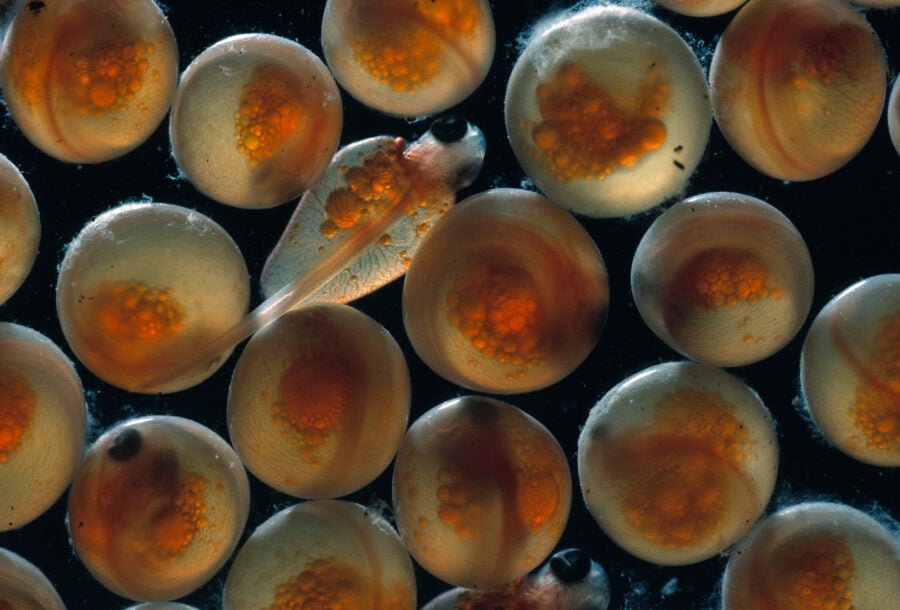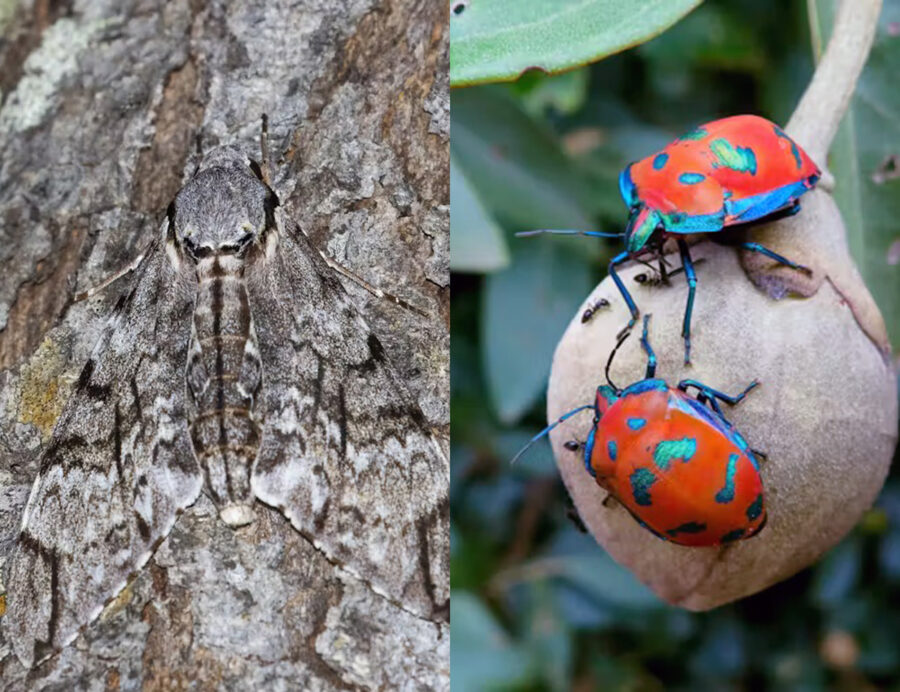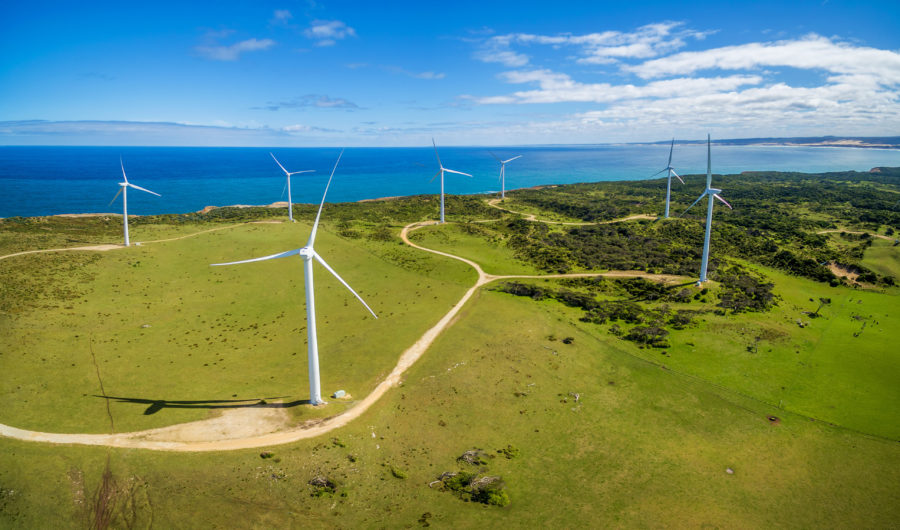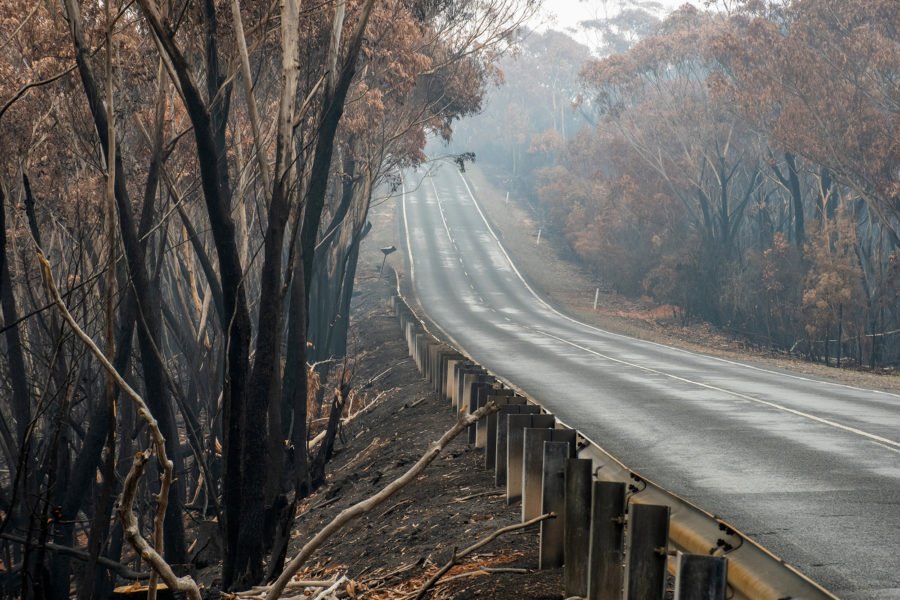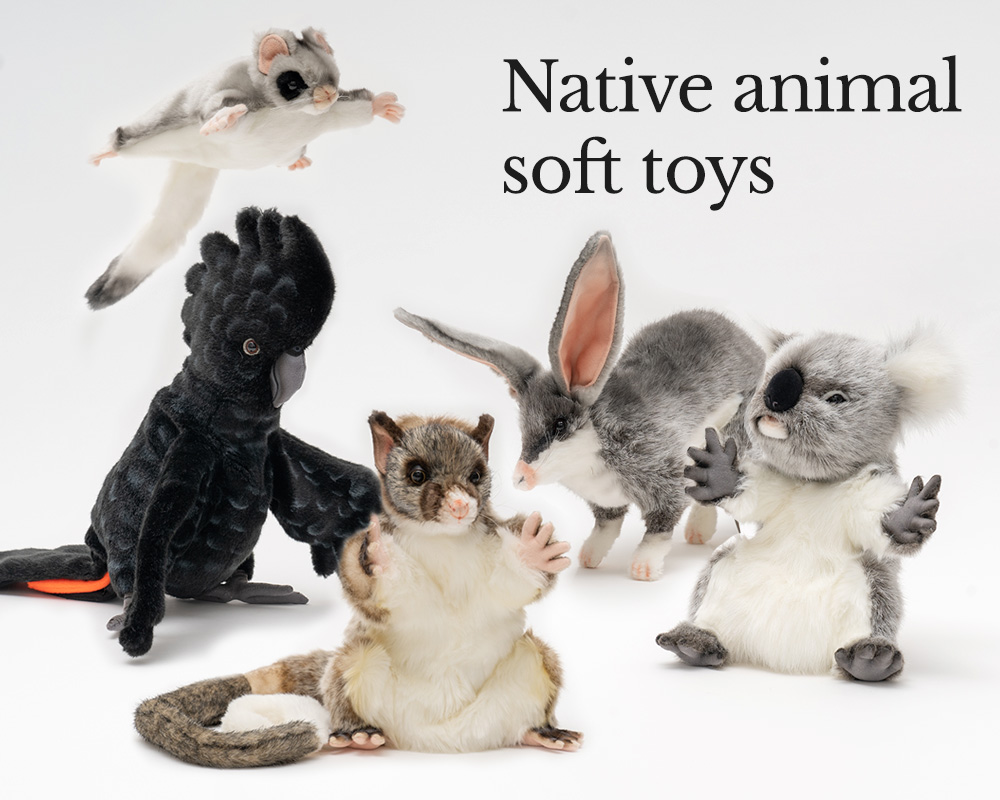Not all species are fleeing rising temperatures
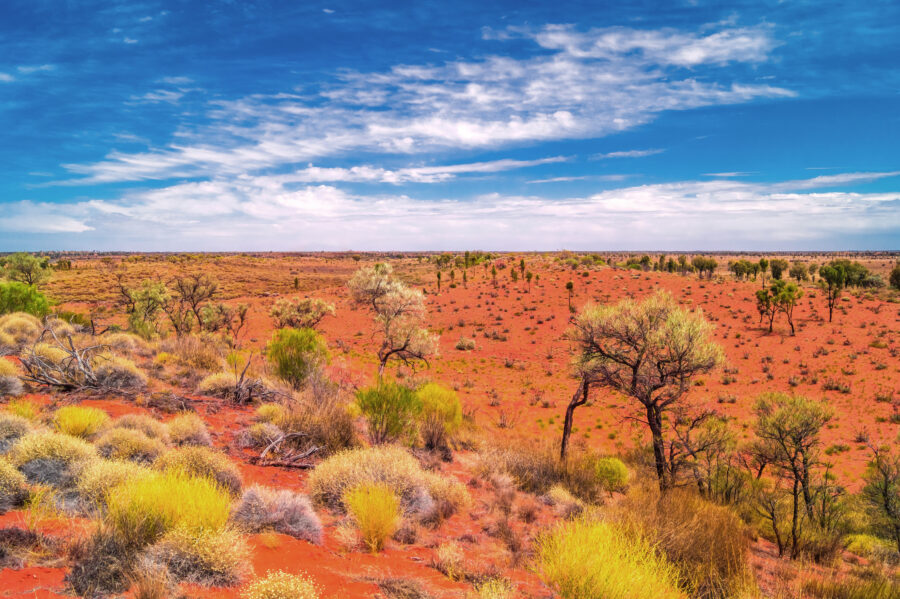
As climate change pushes species out of heat-ravaged zones and towards cooler regions, Australian researchers have found that more than a third of plants and animals may be doing a U-turn and heading deeper into hotspots instead.
“The general thought is that plants and animals respond to climate change by moving to cooler locations – higher elevations, closer to the poles, or into deeper waters. But many studies have found that between 20 and 37 per cent of all recorded species are actually shifting in a counterintuitive direction – they’re going downhill, into shallower waters, towards the equator, and deeper into warmer environments,” explains study lead author Inna Osmolovsky, from the UNSW School of Biological, Earth and Environmental Sciences.
“While it may sound like a ‘suicide mission’, in a way, they’re doing it because the relationships between species are changing. So, these unexpected shifts mightn’t be driven by temperature at all, but by changes in how species interact with each other,” says Osmolovosky, who worked with scientists from UNSW, the University of Technology Sydney and Curtin University to form the hypothesis recently published in Global Change Biology.
“Many models currently rely heavily on climate data but ignore the complex web of species interactions that also shape habitats. Understanding these dynamics is crucial for conservationists and land managers trying to predict how plants and wildlife will continue to respond to global warming,” says Osmolovsky.
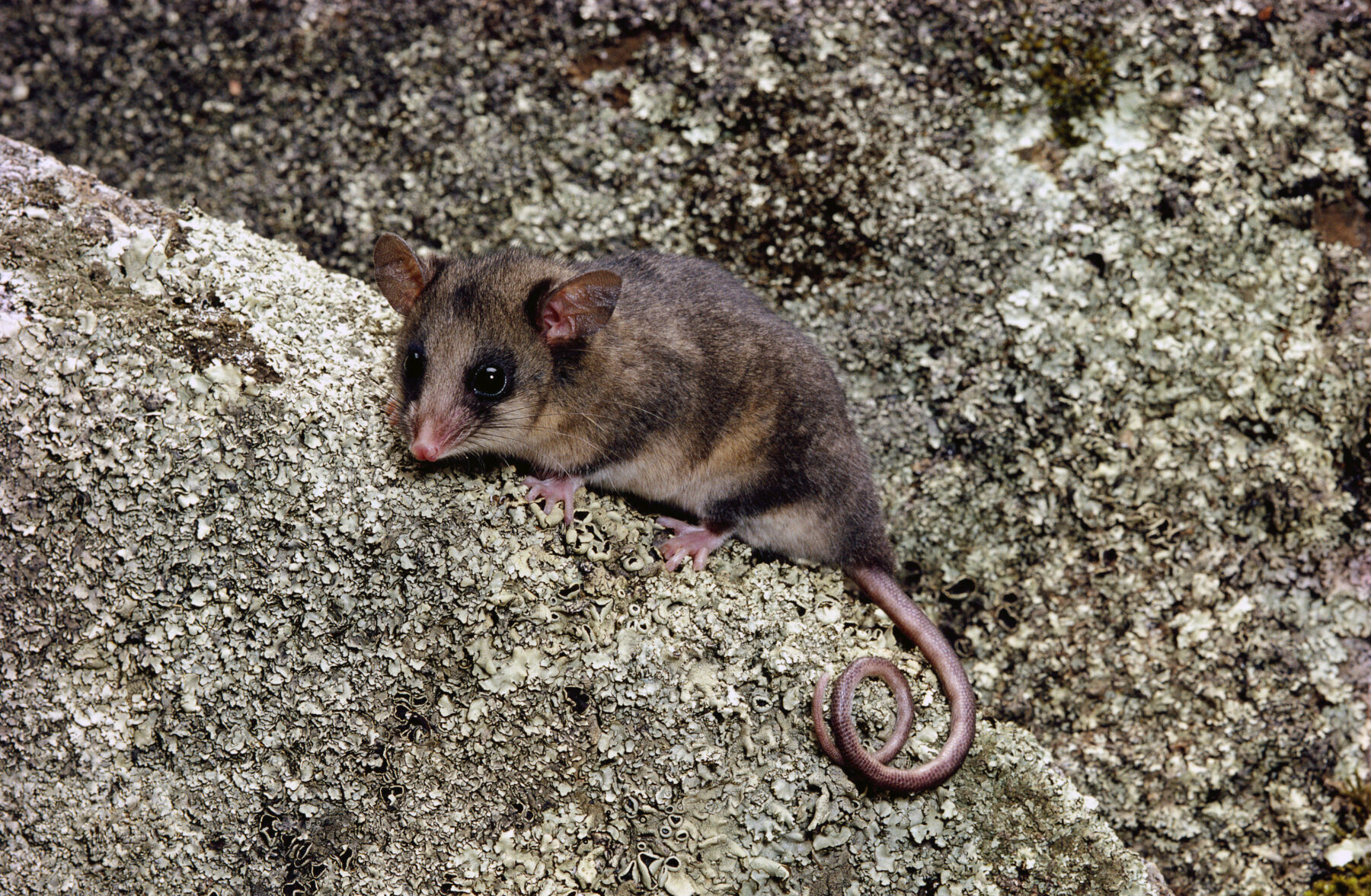
So, how exactly are the interactions between predator and prey, pollinator and plant, and range-sharing rivals changing? Firstly, as some species respond to climate change by moving to cooler areas, the vacuum they leave behind can open up new territories.
As Osmolovsky explains: “Imagine a plant that’s excluded from some parts of its habitat by a fierce competitor – for example there may be another plant that takes up all the space or light, which limits the range of our focal species. When the climate changes, that competitor might go extinct or move to another place, which means our focal species no longer needs to compete for light or nutrients. So, a species that once lived on the edge of an area can now move deeper into it. The same is true for both plants and animals.”
When competition decreases, friendly, mutually beneficial relationships may also take root.
“We see this type of mutualistic interaction with pollination,” Osmolovsky says. “If a new pollinator arrives in a habitat where it wasn’t present before, it might transfer more pollen between different individuals. In turn, they produce offspring which then occupies the location. So, in this way, mutualistic partners can make new areas liveable. Similarly, some previously harmful interactions may switch to being beneficial under new climate conditions as dynamics shift and different species work together.”
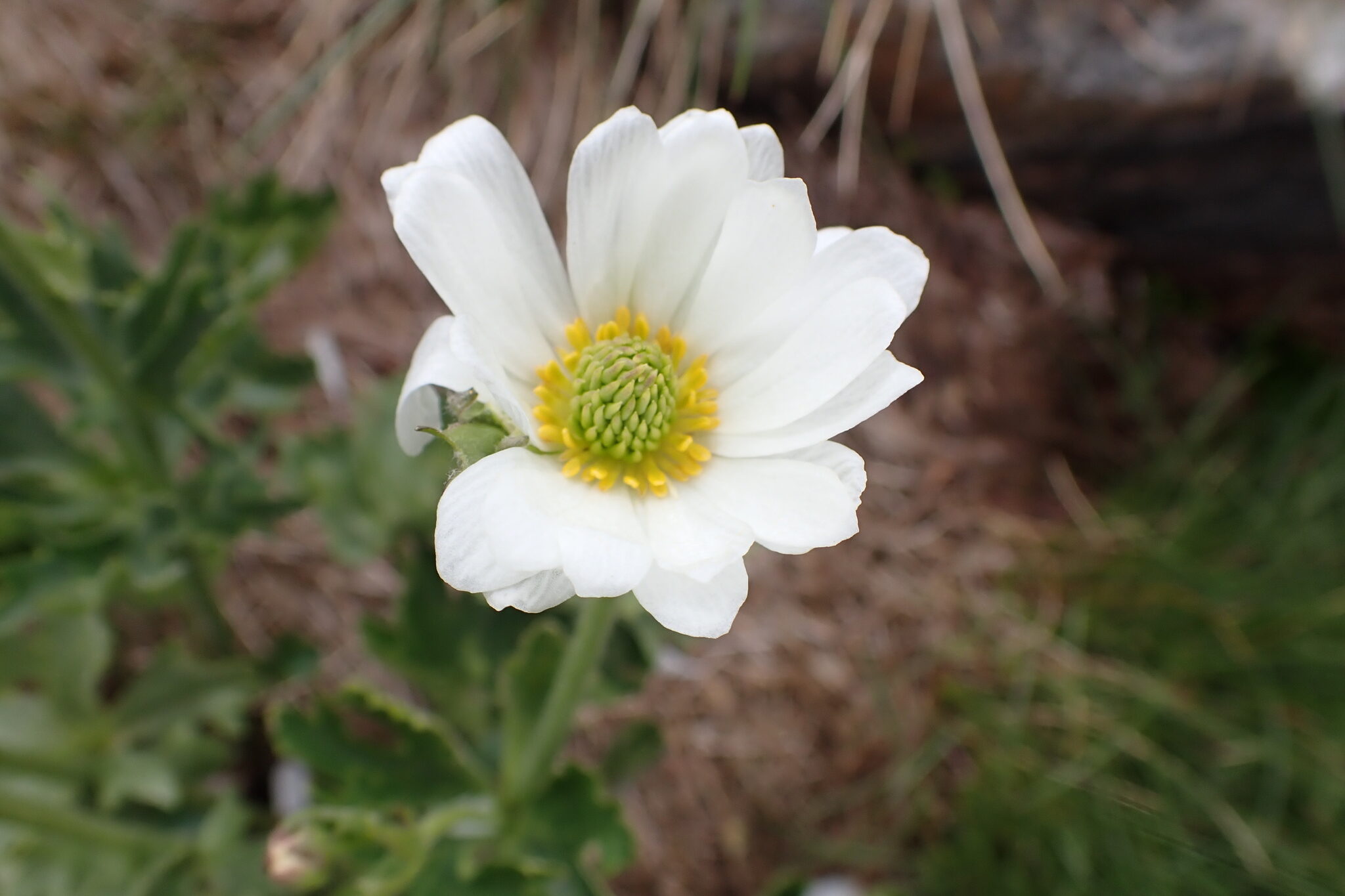
While the study flips the script on dominant theories about how plants and animals respond to global warming, its early findings suggest that investigating counterintuitive range shifts may be the key to understanding – and planning for – future ecological change.
“What most surprised me while conducting this study was how little attention these counterintuitive shifts have received so far. While climate change creates chaos, some species can use that chaos as a ladder – and studying this phenomenon is important if we want to better conserve as many species as possible,” explains Osmolovsky.
“Many climate studies focus on one or two focal species, but I think we now need to delve deeper. Climate change doesn’t just affect single species – it may be rewiring entire ecosystems. We could start seeing species living side by side that never have before, and that matters because it shows how unpredictable these changes can be. I think we often forget how deeply we rely on our environments – not just for pollination or medicine, but in ways we can’t always even fathom,” she adds.

Going forward, field-based ecological surveys and more in-depth studies into these counterintuitive range shifts will be essential.
“My biggest fear, as a scientist, is that climate change may be creating environments that won’t be able to sustain us,” Osmolovsky says. “Some species will survive and even thrive. The real question is: will they be able to support humanity, too?”
